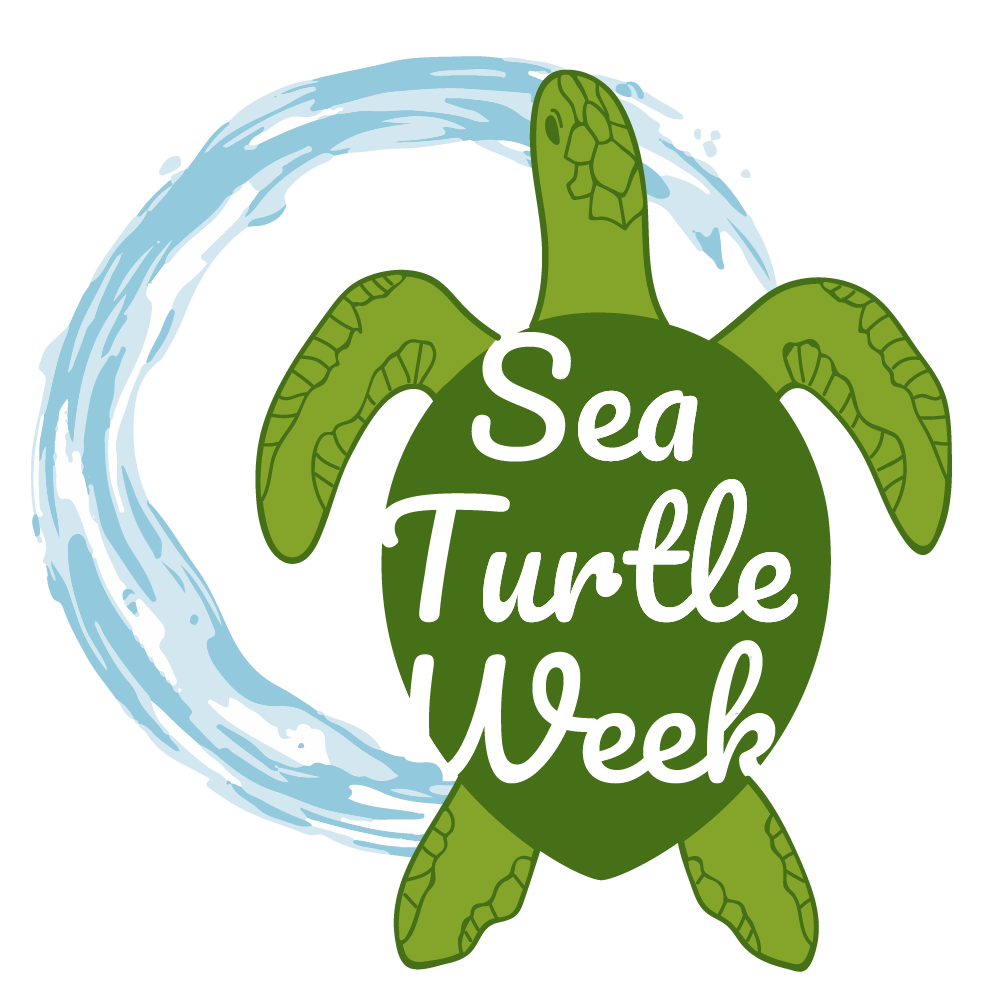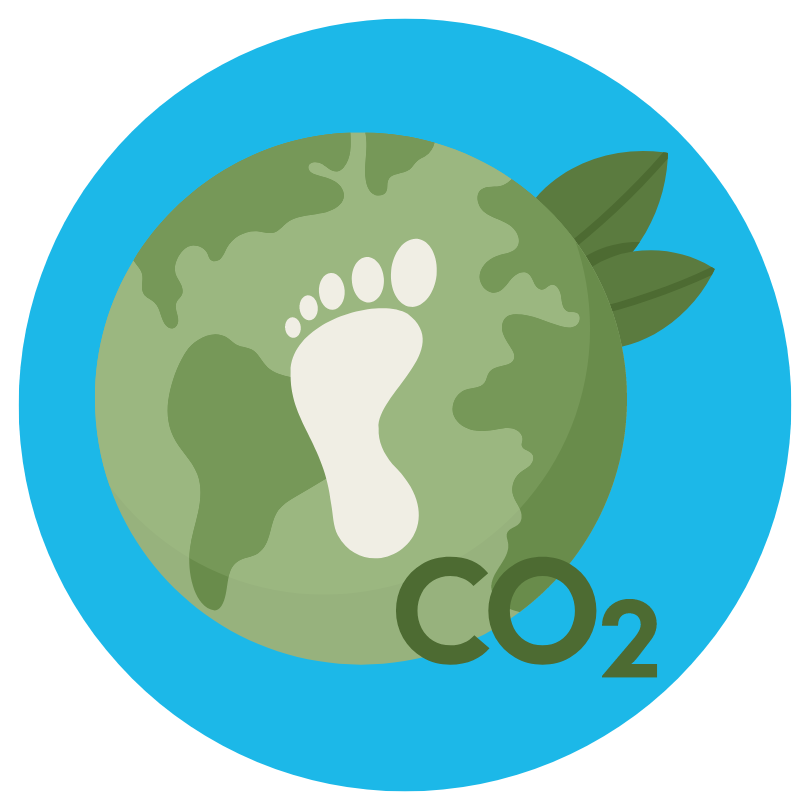HOW TO HELP SAVE SEA TURTLES
Sea turtles need a lot of help & there are many things you can do to help them in your daily life!
Learn about some of the ways to protect sea turtles and then share with others.
1. Just say NO to plastics! Sea turtles and other ocean life mistake plastic as food and ingest it. It’s estimated that more than 100 million marine animals die each year as a result of eating or getting entangled in plastic. Avoid using disposable plastic bags and bottles, skip the straw, and find alternatives to balloons! Check out some easy ways to reduce your use of plastics here.
2. Reduce your carbon footprint! Climate change affects the health of coral reefs which are vital to the hawksbills survival. A warming planet also skews sex ratios in baby turtles, changes the abundance and distribution of prey, increases erosion of nesting beaches, and more. Learn some simple ways to reduce your carbon footprint here. #SeaTurtleWeek
3. Choose responsibly caught seafood. Sea turtles are vulnerable to commercial fishing methods like trawling, longlines, and drift gill nets, becoming unwanted catch (also known as "bycatch") that is discarded like trash. To help make turtle friendly seafood choices check out the Monterey Bay Aquarium’s Seafood Watch which is also available as a handy app for your phone!
4. Don’t buy souvenirs or other items made from critically endangered hawksbill shell. See our How To Identify & Avoid Hawksbill Turtleshell guide to learn how to recognize turtleshell and other similar looking materials. When traveling, ask vendors what souvenirs are made of and when in doubt, don’t purchase items in question. You can also download our SEE Shell app from the Apple App or Google Play Store to identify whether a product you are considering buying contains turtle shell with one snap of a photo.
5. Leave No Trace. This means practicing good housekeeping when visiting a beach where turtles nest. Remove your trash (and trash left by others) and any obstacles that may become hazards for nesting sea turtles and hatchlings like beach furniture, holes, sand sculptures, and trash. Turtles need clean beaches (and oceans!) to increase their chances of survival.
6. Go see them! Witnessing a sea turtle nesting or baby turtles erupting from a nest is pure magic. When you go visit a place with sea turtles nesting or in the water, local communities and the turtles benefit. Be sure to follow these tips for protecting turtles while you travel, such as no touching or turtle selfies. Several of our participating organizations offer trips to see and volunteer with these animals, check them out!
Cocos Island Dive Expeditions: Turtle Island Restoration Network
Trinidad: Land of the Leatherbacks: Oceanic Society Expeditions
Serving the World's Imperiled Marine Life: Loggerhead Marine Life Center
7. Turtles dig the dark! Sea turtles need dark beaches for nesting and for navigating their way to the ocean. Light from beachfront development can deter females from coming ashore to nest as well as lead newly born hatchling away from the water and towards danger. Learn more about sea turtle beach etiquette here.
8. Choose sunscreen carefully. Chemicals in some types of sunscreen can damage coral reefs and pollute turtle habitat. Avoid any sunscreen with "oxybenzone" and “octinoxate” and look for brands labeled as "Reef Friendly" and avoid sprays that can pollute the sand where turtles nest. The best way to avoid sunburn is to cover up with hats and shirts. Check out this article in Vogue about the best ways to avoid sunburn. #SeaTurtleWeek
9. Use your voice! There are many opportunities to encourage governments, companies, and others to better protect these animals. Check out these organizations below for issues you can speak out about.
10. Donate to a worthy cause. There are lots of great organizations working to protect these animals that need your support. Any of our partner organizations would deeply appreciate your support. Interested in becoming a partner organization? Apply here.
11. Safe boating! Go slow and watch your speed when boating in an area where sea turtles are observed. Give space to any sea turtles near the surface. When anchoring try to avoid doing so in areas with coral reefs and seagrass beds - turtles love to hang out there!
12. Turtle friendly swimming. Resist the temptation to ride or touch turtles and other animals. Circling, chasing, or harassing wildlife can stress them and cause injury. Stay at least 10-20 feet (3-6 meters) from wildlife. If one approaches you, be still and let the animal pass. Keep selfie and Go Pro sticks and other equipment out of the way of wildlife, no photo is worth disturbing or stressing an animal. Feeding wildlife can condition them to human food and have lasting negative impact including habituation and poor nutrition.
13. Safe fishing. When fishing in areas where sea turtles are present, always use sea turtle safe gear and check your bait often. Make sure to regularly check and update your gear. Recycle your gear! If you accidently hook a sea turtle or find an injured or distressed turtle or other marine animal it is best to call the local authorities or a rescue organization that can respond properly.
Banner Photo: Rich Carey














